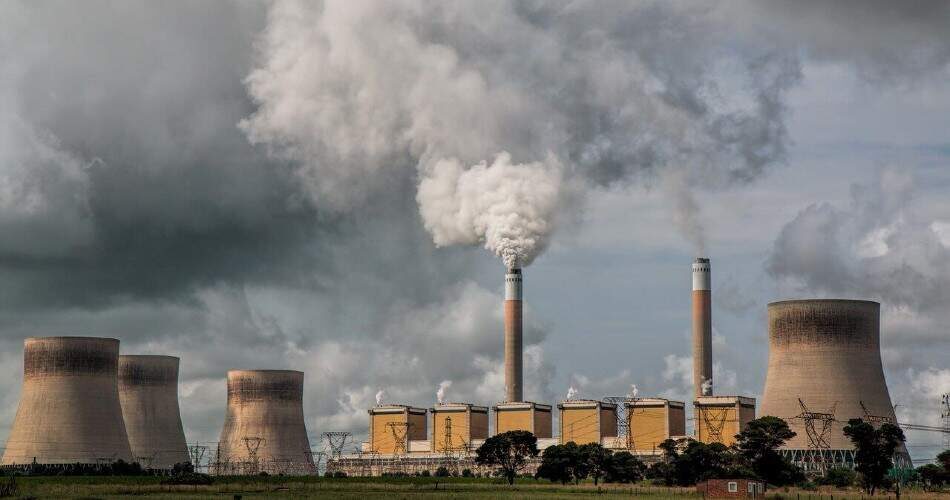Estimated reading time: 4 minutes
Everybody knows of the widespread use of coal, fossil fuels, rock, and mineral resources, and what damage they are causing to the world. There is no doubt that the use of these materials is damaging the environment and that some of the above resources are running out. In this article, we will look at how we use these resources today and a look into the potential future if we continue to use these resources at such an alarming rate.
Coal and fossil fuels
Currently, coal is the largest source of energy in the world. Even though natural resources are being built into the system, coal remains the worldwide leader for an energy source. This means it is also the source of most of carbon dioxide emissions which cause global warming.
Fossil fuels are non-renewable because they take millions of years to form, and the resources are being used much quicker than they are being regenerated. It is estimated that around 90% of all carbon dioxide emissions in the United States are from burning fossil fuels, and the other affects that fossil fuels have on the environment.
As the use of fossil fuels increases and the coal limits decrease, prices will naturally rise, it is expected that natural resources will come to the forefront of how we ″create″ energy in the not-so-distant future.
We have to look at the affects of coal mining on the environment. When coal comes to the surface it mixes with air and water to form sulphuric acid. This process is called acid rock drainage, and the affects leave soil infertile, and rivers polluted. These two affects kill fish and plants which are sensitive to radical PH shifts. Any area of soil that is used for coal mining is generally damaged beyond repair; this makes the soil infertile and inhabitable for some forms of wildlife.
The burning of coal for worldwide use emits SOx and NOx which creates acid rain problems. On top of this, there is the obvious fact of carbon dioxide emissions which damage the ozone layer. Past these two problems, coal-burning emits radiation because of the uranium in the coal; this problem pollutes any water streams nearby.
The amount of coal left in the world at the end of 2006 was around 850 gigatons. If we continued to use the same amount that we do every year, then the world’s resources would last for around 130 years, however, the rate increases at around 3% every year, when you put this into the equation, the expected date of expiry if it continues to increase at the current rate would be 60 years. Of course, these are only the known resources that the world processes, however, it is not expected that there are many more resources that have not already been found.
Mineral resources
Mineral resources are resources that naturally occur in environments in a natural form. We use mineral resources on a daily basis just like we use fossil fuels.
Mineral resources fall into one of three categories:
- Renewable resources are the sun and the wind, which are not affected by human consumption.
- Semi renewable resources, (like water) take time to replenish but do not depend on humans to replenish.
- Non-renewable resources are resources that take a long time to replenish.
As mineral resources are extracted from the rainforest and areas of natural beauty, there has been increasing pressure from groups and individuals to stop mining for natural resources in places of beauty. Many ″green groups″ around the world believes that governments are hiding the amount of extraction work that they carry out and this is only making the situation worse.
Of course, a lot of the natural resources that are extracted do not need to be extracted to the extent that they are. While extractions of some resources are necessary for the way we live at the moment, not all the resources need to be extracted because we as the world’s inhabitants tend to overuse energy.
Protecting ″areas of natural beauty″ seems the way forward, but this is something that is not being carried out by large governments and corporations because the immediate need for natural resources is too large.
Using natural resources like the sun and the wind is no doubt the way forward. Everybody knows that solar panel devices and wind turbine ports are being developed and created to make sure that fossil fuels are not a long-term plan. Governments and large corporations need to make sure they set a good example so that fossil fuels and non-renewable mineral resources are used less every year until we can fully power the earth’s energy needs on solar and wind energy, until then we need to make sure we take responsibility to make sure there is no irreparable damage carried out to the world.
If you want to find out about the role of the forest in soil conservation, check out our article on this topic: How does forest help in soil conservation?
[Photo from Pixabay]
